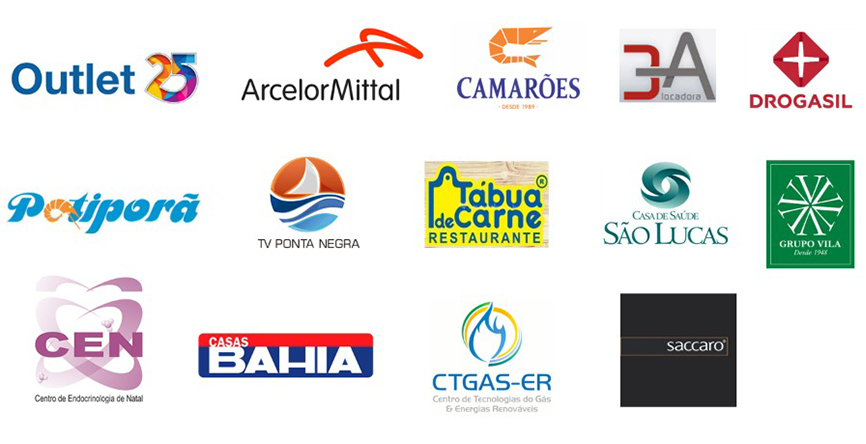

As electric automobiles (EVs) remain to obtain popularity, the demand for reliable and accessible charging stations has come to be much more crucial than ever before. Electric automobiles give a cleaner and more eco-friendly choice to typical gasoline-powered vehicles, but their adoption depends heavily on the accessibility of charging framework. Billing terminals are the backbone of this community, providing EV proprietors a convenient method to charge their lorries in your home, at the workplace, and when driving.
While billing stations come in numerous types, from sluggish home chargers to quickly, high-power systems designed for long-distance traveling, the duty they play in the change to electric wheelchair can not be downplayed. Ensuring that billing terminals are commonly available and easy to use is important for the development of the EV market. This write-up discovers the different types of billing terminals, their advantages, and the difficulties that continue to be in increasing the billing network.
Since it requires no unique devices past a standard house electrical outlet, Degree 1 charging is the least costly alternative. However, for those that regular Electric lorry charging terminals are split right into 3 major kinds: Level 1, Level 2, and DC Rapid Charging (Degree 3). Each type uses various billing speeds and is fit to details needs, whether at home or in public areas.
Level 1 charging is the most basic and slowest alternative. It utilizes a standard 120-volt AC outlet, which coincides sort of electrical outlet discovered in many homes. A Degree 1 battery charger adds around 3-5 miles of range per hour, making it ideal for over night billing if you’re not in a hurry. This sort of charging is optimal for motorists who only need to charge their lorry sometimes or who drive relatively short ranges daily.
ly drive cross countries or have higher day-to-day mileage, the slow billing rate might be a constraint.
Level 2 charging offers a significant speed renovation over Degree 1. It calls for a 240-volt electrical outlet, similar to those made use of by big appliances like dryers. A Level 2 charger can include in between 20-60 miles of variety per hour, depending on the vehicle and the certain charger. This makes it excellent for day-to-day usage, particularly for home owners that want to charge their EV overnight or for businesses giving billing stations for employees or consumers.
Brands like juiceboxonline.com are popular on the market for using clever Level 2 chargers that offer added features such as mobile app control, power surveillance, and organizing capabilities, allowing users to optimize their billing sessions. These functions assist users manage their electrical energy usage extra efficiently, potentially lowering expenses by benefiting from off-peak prices.
DC quick billing, also called Degree 3 charging, is the fastest and most effective charging alternative currently available. These battery chargers bypass the lorry’s onboard converter and supply straight existing (DC) power directly to the battery. With a DC quickly battery charger, an electric vehicle can gain up to 80% of its battery capability in as little as 20-30 mins, making it the ideal remedy for long-distance travel and quick top-ups throughout journey.
Nonetheless, DC fast battery chargers are a lot more costly to set up and run, so they are usually discovered at freeway rest stops, shopping centers, and various other public places where chauffeurs need to bill rapidly. Not all EVs are compatible with DC fast charging, so it is necessary to inspect the requirements of your car before depending on this alternative.
Electric vehicle billing stations feature by transferring electrical energy from the power grid to the battery of the electrical lorry. The process differs depending upon whether the station gives alternating existing (A/C) or straight present (DC) electrical energy.
Degree 1 and Level 2 chargers make use of a/c electricity, which is transformed to DC by the automobile’s onboard charger. This conversion procedure is slower, which is why Level 1 and Degree 2 chargers are generally slower than DC fast battery chargers. Air conditioning charging is sufficient for everyday use, especially if the auto remains plugged in for a number of hours at a time.
DC quickly chargers skip the conversion action, supplying DC power directly to the vehicle’s battery. Since this method gets rid of the need for the onboard charger to transform air conditioning to DC, it allows for much quicker billing times. DC fast chargers are suitable for public billing terminals where EV proprietors require to charge their autos quickly, such as during lengthy journeys.
Numerous contemporary charging stations, especially Degree 2 battery chargers, come outfitted with smart attributes that allow for greater control and personalization. For instance, some chargers can connect to a mobile application, making it possible for individuals to begin or stop charging sessions from another location, display power usage, and schedule billing times to capitalize on lower electricity rates throughout off-peak hours.
Furthermore, some terminals integrate with home energy management systems, permitting home owners to collaborate their EV charging with other energy-intensive activities like running appliances or home heating and cooling down systems. This can bring about much more effective energy use and cost savings over time.
The expansion of charging terminals brings a host of advantages, both for specific EV proprietors and for society in its entirety. As the variety of electric cars on the road increases, the accessibility of billing infrastructure ends up being vital to making certain a smooth change to cleaner transportation.
One of the most substantial benefits of EV charging terminals is their positive effect on the environment. By making it possible for more people to drive electrical vehicles, billing stations help in reducing greenhouse gas exhausts, air contamination, and dependancy on fossil fuels. As the electrical energy grid increasingly integrates renewable energy resources like solar and wind, the ecological benefits of electric cars end up being also higher.
Billing an electrical automobile is typically more affordable than sustaining a gasoline-powered automobile. Depending upon local electricity rates, the cost per mile of driving an electrical automobile can be substantially lower than that of a standard automobile. Charging terminals, especially when used at home, enable drivers to benefit from reduced electricity costs, particularly if they bill during off-peak hours.
On top of that, lots of public billing terminals offer totally free or reduced charging to draw in consumers to close-by businesses, further minimizing the cost of driving an EV.
As charging stations become extra widespread, the convenience of possessing an electrical lorry rises. Home charging provides the best comfort, allowing drivers to begin every day with a fully charged car. For those that take a trip cross countries, the expanding variety of public charging stations makes certain that vehicle drivers can find a place to bill, even on prolonged trip.
With developments in modern technology, several charging terminals now feature contactless repayment techniques, making it less complicated for motorists to accessibility and spend for charging solutions without inconvenience.
While the advantages of EV billing stations are clear, several obstacles continue to be in constructing out the facilities needed to sustain the expanding number of electric lorries.
Range stress and anxiety, the concern that a vehicle will certainly run out of power prior to reaching a charging terminal, is a considerable issue for many possible EV buyers. To resolve this concern, it’s important to broaden the network of charging terminals, specifically in rural and underserved locations. Boosted schedule of DC fast chargers along major traveling courses can help alleviate variety anxiety and make long-distance EV travel extra feasible.
Setting up charging stations, particularly Level 2 and DC quick chargers, can be costly. For home setups, there may be added costs for electrical upgrades to sustain the higher power demands of Level 2 billing. For public billing stations, the costs consist of not only the equipment but also the electrical infrastructure needed to sustain numerous high-powered chargers.
Government rewards and subsidies can aid offset these costs, but in several locations, the financial obstacles to widespread installation remain a difficulty.
Although the EV market has actually made progress toward systematizing billing connectors, there are still numerous types of plugs and ports being used. This can produce complication and hassle for vehicle drivers, especially when traveling long distances. Greater standardization across different producers and areas will make it less complicated for EV chauffeurs to accessibility billing terminals and guarantee compatibility with their automobiles.
As the variety of electric lorries grows, so does the need for electrical energy. Billing stations, especially DC quick battery chargers, position a considerable tons on the electrical grid. Making certain that the grid has the capacity to meet this need will call for investment in infrastructure and smart grid modern technologies that can handle power distribution efficiently.
Electric automobile billing stations are an important part of the future of transport. As the variety of electrical lorries continues to climb, broadening the charging facilities will be vital to making sure the success of this shift. Billing stations supply numerous benefits, consisting of reduced emissions, expense savings, and benefit for motorists, while additionally helping to decrease dependence on fossil fuels.
In spite of the obstacles that continue to be, the ongoing advancement of efficient and easily accessible charging terminals, together with improvements in modern technology and the combination of renewable resource sources, will lead the way for a cleaner, much more lasting future for transport.
NOSSOS CLIENTES

